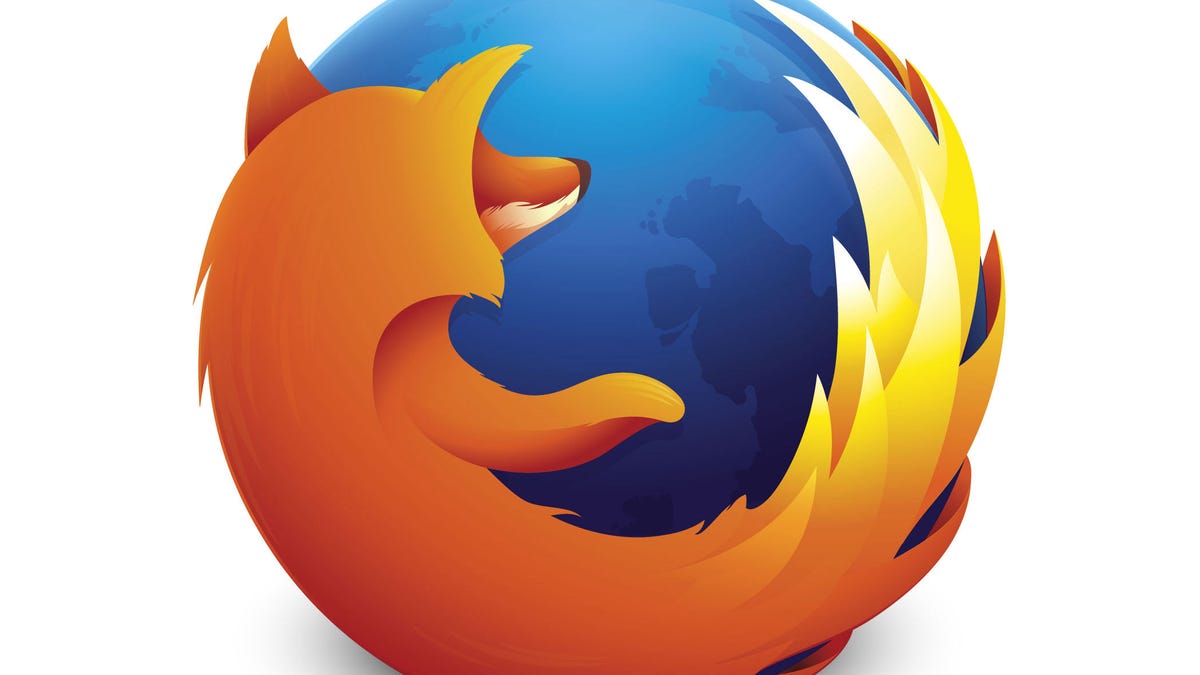New speed boost means maybe it's time to try Firefox again
Mozilla hopes its Electrolysis project will bring you back to Firefox by making the browser faster and more crash resistant.

A new version of Mozilla 's Firefox browser catches up partway to Google Chrome, Apple Safari and Microsoft Edge when it comes to speed and stability.
It's through a technology called Electrolysis, which Mozilla started working on years ago but mostly put on hold in 2011 because of technical difficulties. Electrolysis splits different computing tasks into different processes using separate memory compartments, an approach that isolates problems that otherwise can slow or even crash the whole browser.
Mozilla restarted Electrolysis, aka e10s, in 2016 with a feature that made the browser's user interface more responsive. Now it's taken another step with Firefox 54 by walling off websites from each other.
"The performance improvements are remarkable," Firefox Vice President Nick Nguyen said in a blog post Tuesday. "Besides running faster and crashing less, E10S makes websites feel more smooth. Even busy pages, like Facebook newsfeeds, spool out smoothly and cleanly."
Fulfilling that promise will be key to convincing you to come back to Firefox. The browser rose to glory a decade ago by running rings around Microsoft 's Internet Explorer, but in recent years Chrome stole much of Firefox's thunder -- and millions of its users.
Firefox's share of users trails Google's Chrome, but Net Applications' NetMarketShare statistics show growth in the last year.
There's some evidence Firefox is recovering. Net Applications' NetMarketShare service, which tracks how many individuals use different browsers, shows Firefox's share of users increasing from 8 percent to 12 percent over the last year. But that data excludes mobile devices, where we're spending more and more of our hours online.
When it comes to isolating different processes, Firefox doesn't go as far as its browser rivals that give each website its own separate computing process. Instead, Firefox assigns websites to one of four processes, like roommates sharing an apartment. The approach preserves memory, Mozilla says. The nonprofit organization was "cautiously pessimistic" in its testing of the feature, but with no big problems, it decided in May to enable the feature for about four fifths of eligible Firefox users.
Electrolysis also lays the foundation for another important change, called sandboxing, which improves security. Sandboxing, another standard feature of rival browsers, blocks attacks that try to use the browser as an entry point to a broader attack on your computer or phone.
Logging Out: Welcome to the crossroads of online life and the afterlife.
Virtual reality 101: CNET tells you everything you need to know about VR.

